Have you ever seen judges at an online music contest using headphones and wondered why they use a third device to listen to the singer who's performing just in front of them? Those headphones are to avoid any distortion in the sound.
The judges are listening to a Hi-Fi or high-fidelity audio that is precisely close to the original sound of the singer. So, by this example, we know that the hi-fi audio system cuts off unwanted noise and ensures clear and original sound no matter what the frequency range or pitch of the audio.
Music enthusiasts prefer hi-fi audio systems for a more immersive listening experience. If you are an audiophile, you definitely need this system at your place, for it nurtures clarity and sound depth and conveys emotional impact exactly the way it was initially intended by the singer.
We are about to explore the world of Hi-Fi audio in this article, which is a good enough reason for you to stay committed to the reading. Keep on reading and find out all you need to know about the Hi-fi audio. Here we go!
Key Characteristics of Hi-Fi Audio
For a layman, hi-fi audio feels good and is more realistic to the ear. However, there must be a science behind the functioning of hi-fi audio systems and turning ordinary sounds into pleasant ones!
The high-quality components of a hi-fi audio system are actually the whole science behind high-fidelity sound. All the components, such as the stereo amplifier, speaker, and turntables, should be of high quality.
Here is a breakdown of the roles of these components in alleviating the quality of the sound:
1. Speakers
Speakers, as you would know, are the output source of any audio system, be it the hi-fi audio system or a record player. Speaking of the hi-fi audio system, these come with two speakers or even loudspeakers.
With these two loudspeakers, one can listen to music in stereo. These speakers come in various sizes and shapes. For instance, you can enjoy your listening session with floor-standing speakers, bookshelf speakers, or studio monitors. Each of these types has its own pros and cons.
However, a good-quality speaker will ensure that the output sound is precisely the same as the analog sound signals sent through an amplifier. Furthermore, when you have good speakers in hand, they will also avoid adding or skipping any coloration in the original sound waves.
2. Digital to Analog Converter
The audio signals are not transmitted through copper wires as the audio signals themselves. Instead, they are converted into electric signals before they leave the audio source and are then converted to sound signals or analog signals within the audio system.
This step is crucial in the sound production and amplification process, as even a minor plus-minus in the analog signals can lead to major distortions in the sound. Thus, a good DAC will never regress the quality of the sound.
3. Turntables
Those using vinyl record player as their audio system will definitely require a high-quality turntable as well. The components of turntables, like the platter, cartridge, tonearm, etc, need to be working in their finest form for a hi-fi audio system to produce a high-quality voice.
4. Low Distortion
When the components are working just fine, there are fewer risks of distorted sound. However, you may hear unwanted sounds, hums, or vibrations in certain voices that are like noises to your ear. This happens when the signals are manipulated during the transmission process.
The speakers, amplifiers, and other components are specially designed to fight off such distortions and transmit sound that is closest to the original sound produced. As a result, you get to hear a more explicit and precise voice.
5. Wide Frequency Range
By the basic science knowledge you got in your primary schooling, you would know human beings can hear between 20Hz-20,000 Hz of sound frequencies. The hi-fi audio system is capable of covering this broad range of frequencies. That, too, with no risk of distortion or coloration of the sound.
All in all, the key factors that affect the quality of the sound include high quality components of the hi-fi audio system. These components work properly to ensure that the sound produced in the system is free of distortions and covers all sorts of frequency ranges.
Benefits of Hi-Fi Audio
Up till now, we have dug deeper into the technicalities of the hi-fi audio system; let us move on to the notable perks of the hi-fi audio system:
1. Rich Listening Experience
The primary objective of the hi-fi audio system is to bestow you with a refreshing and enriching listening experience. Nobody ever wants distorted noises while they are listening to their favorite songs, and that is exactly where the hi-fi audio system comes into action.
With precision and undisturbed audio, the hi-fi audio system makes sure that the warmth, depth, and emotions of the song are delivered exactly the way intended by the singer. As a result, you have an immersive experience while you listen to the music.
2. Clarity and Detail
The hi-fi audio system will not dim or dull the sound, which implies you get to hear each word that is being said in the voice very clearly and precisely. With this precision, you can even feel the texture of the string and the subtle sighs of the singer.
3. Longevity and Durability
The hi-fi audio system comes with core components that are built with splendid craftsmanship. As a result, such components offer longevity and durability to the hi-fi audio system. These systems are thus thought to be long-lasting investments that can last for up to years and even decades.
Hi-Fi Audio Formats
The hi-fi audios come in multiple formats, such as lossless audio and compressed formats. Lossless audio formats include Fress lossless Audio Codec and Waveform Audio File Format, which preserve the original sound and its quality.
On the other hand, compressed formats, including the incredibly famous MP3s, reduce the size of the audio file and hence skip the transmission of certain sounds. It does not conserve the original quality of the sound and may delete specific voice details.
Furthermore, hi-fi systems also come in different modes, including digital hi-fi systems and analog hi-fi systems. Here is the difference between the both types:
- Analog Setup:Although the analog system is widely popular among audiophiles for its organic sound, warmth, and depth, it also comes with certain drawbacks. For instance, this analog setup may require manual energy to process, and it is prone to elemental effects and wear.
- Digital Setup: It uses formats like FLAC or WAV files that enable the transmission of undistorted and clear sound to the output end. As one would expect from a digital setup, it is easily accessible through devices and enables integration with the modern system in real time.
Arylic's Role in Hi-Fi Audio
Arylic is the leading name in the hi-fi audio industry, offering products that deliver hi-fi audio to listeners. The brand is committed to serving its customers with products that offer quality and durability. You can get your hands on a range of audio products, from simple wireless amplifiers to audio systems that can transmit sound to multiple rooms at the same time.
Here is a list of products that have the potential to impress true audiophiles deeply:
- CK30C 3" 60W In-ceiling Speaker (NEW): This compact ceiling speaker offers a 60 W big sound with IP66 that protects the device from wear and tear caused by dust and water.
- RK30 Wall Mount Speaker:It can deliver an output of 80 watts with easy installation and compatibility with outdoor and indoor applications.
- RK525 In-Ceiling Speaker:It offers a powerful output of 60 W with high sensitivity at 89 dB. It is easily installable and comes with no visible wiring, which makes it a good option for indoor and outdoor applications.
- WBC65 Wireless In-ceiling Speaker:These wireless ceiling speakers can be connected to devices via Bluetooth and WiFi. Furthermore, they come with multiroom audio systems.
- BK501/651 Bookshelf Speakers: The devices offer as big as 100W of output and come with FSC environment certification.
Why you should get these speakers for your listening session at home? One of the reasons is that these products are easily integrated or acessible to your gadgets like mobile phones, laptops, etc. Also, these devices come with multiple features like easy app control and multi-room capabilities. Furthermore, these devices are compatible with popular streaming platforms like Spotify streamer, SoundCloud, etc.
Conclusion
A hi-fi audio system is a sound system that enables precise transmission of analog signals and the production of high-quality sound. However, this high-quality sound is produced when a unit of high-quality components is used in the audio system.
All these systems work in alignment to ensure there is no disruption or distortion in the sound. As a result, producing a high quality sound that gives the audiophile an immersive and rich experience. That is why the hi-fi audio system is widely popular among people who love music.

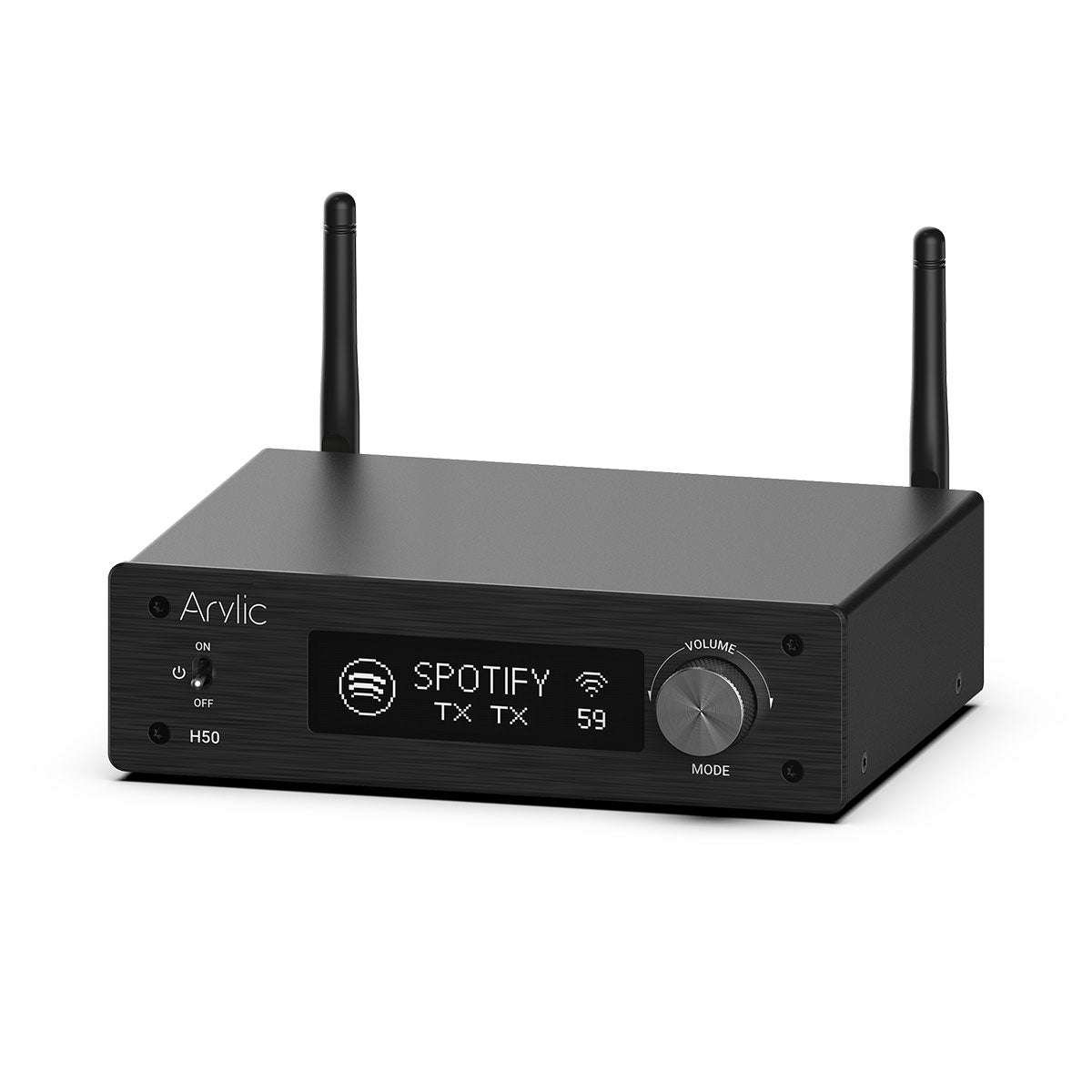
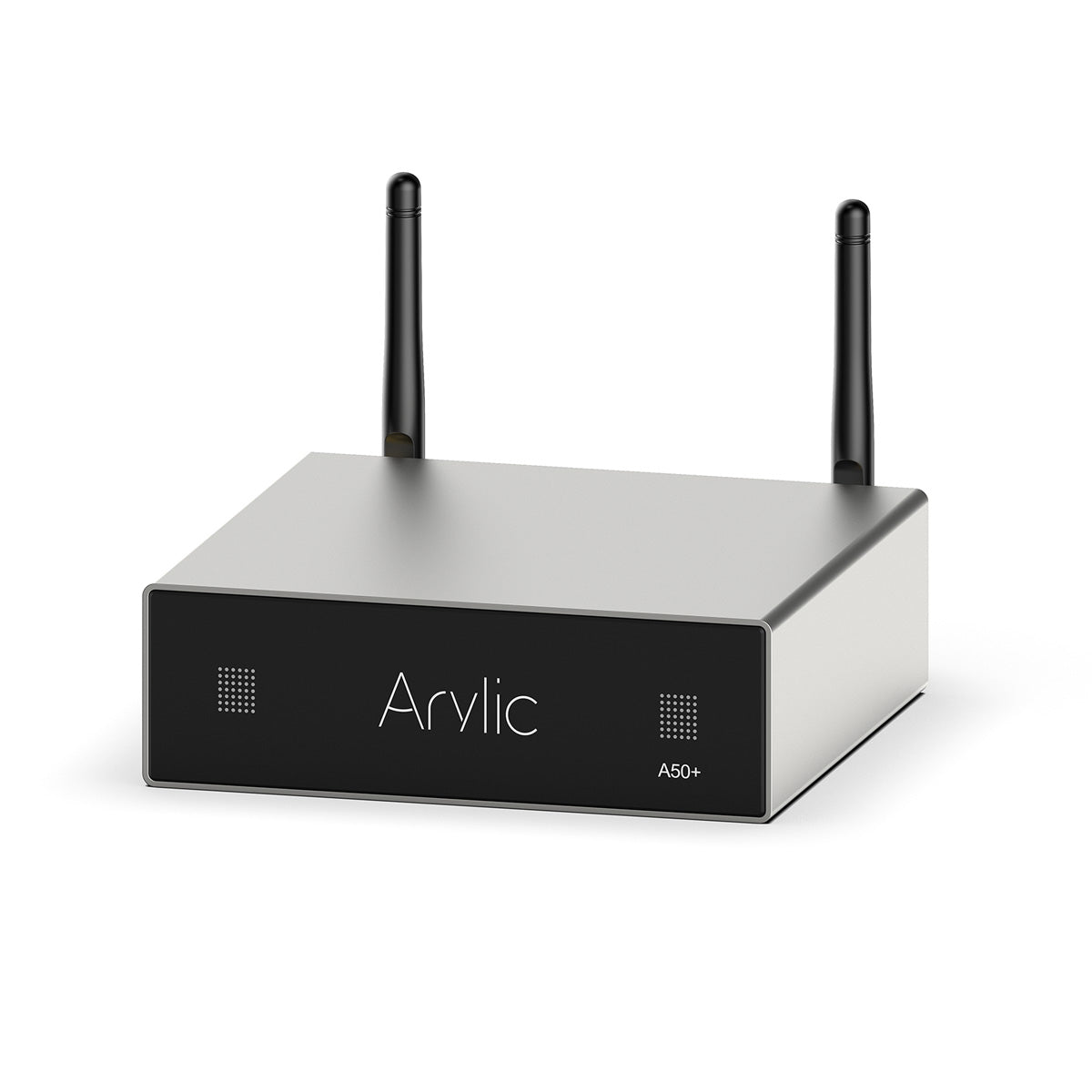
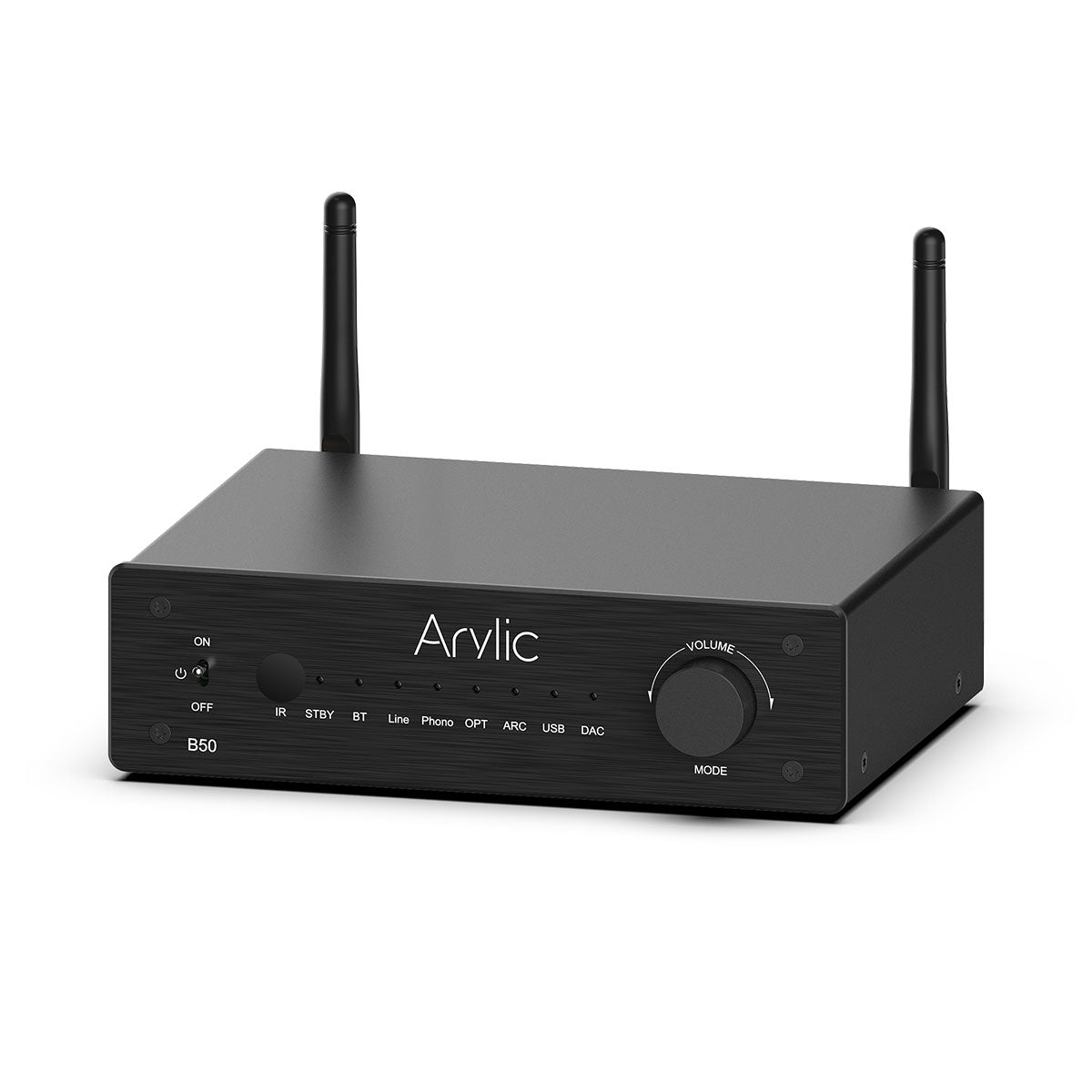
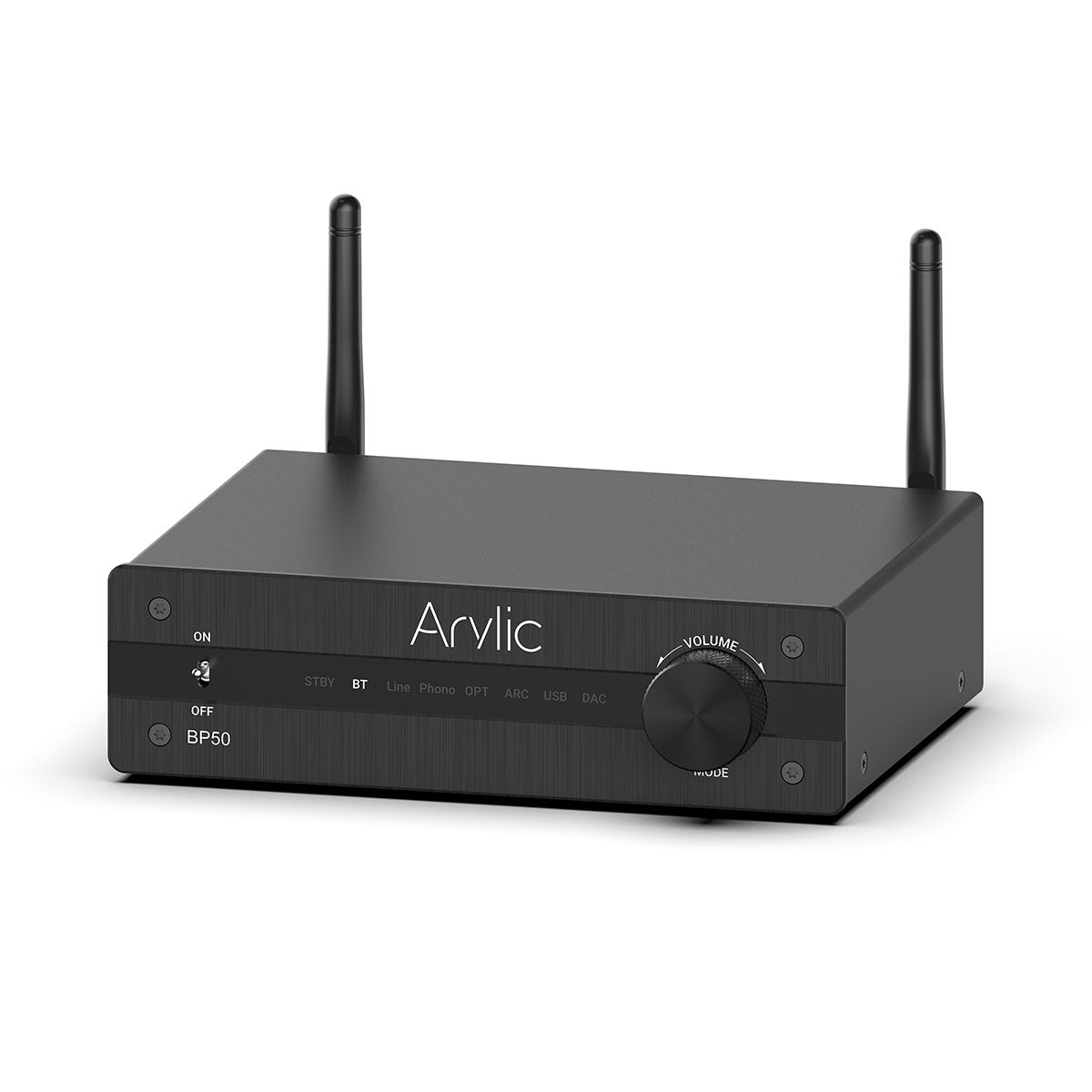
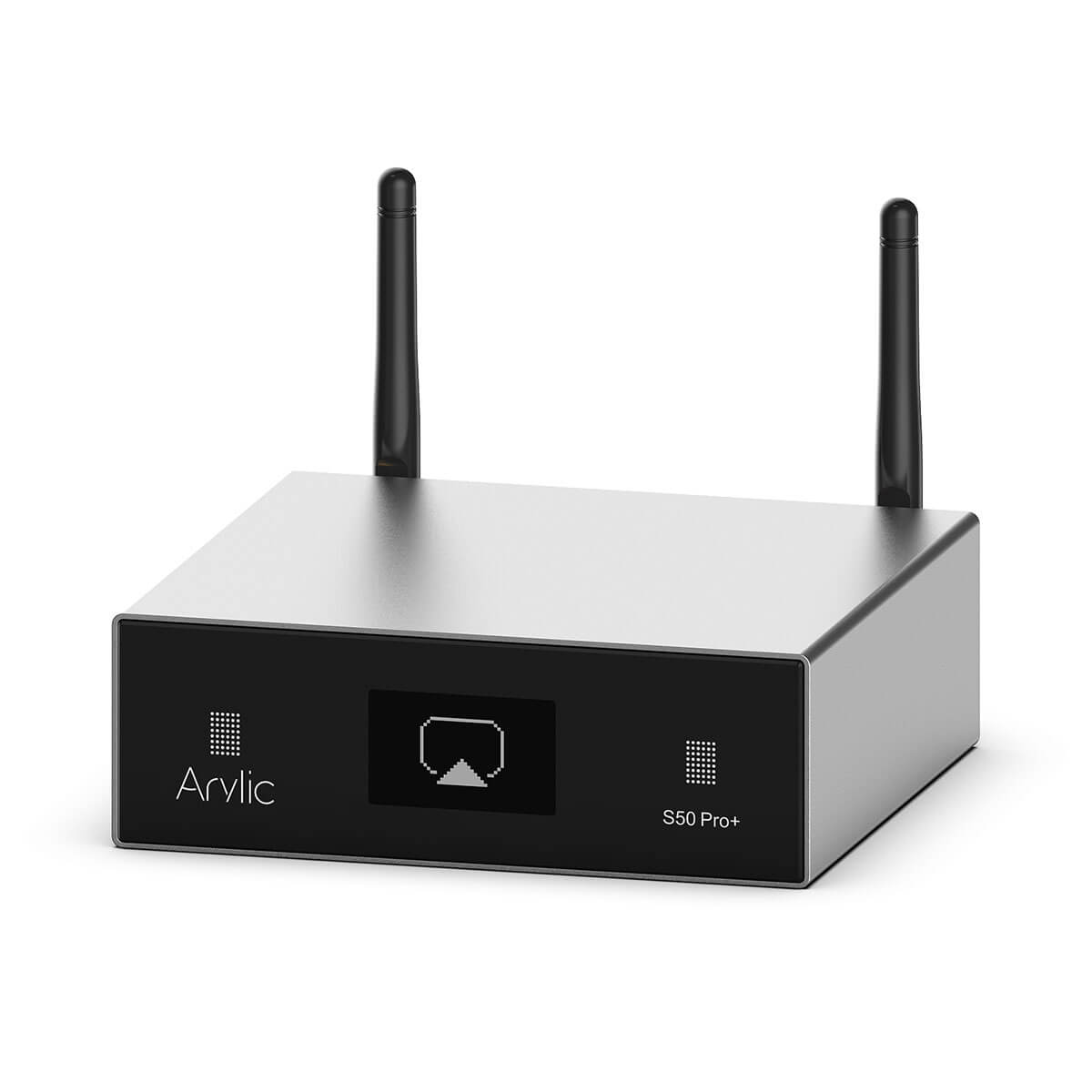
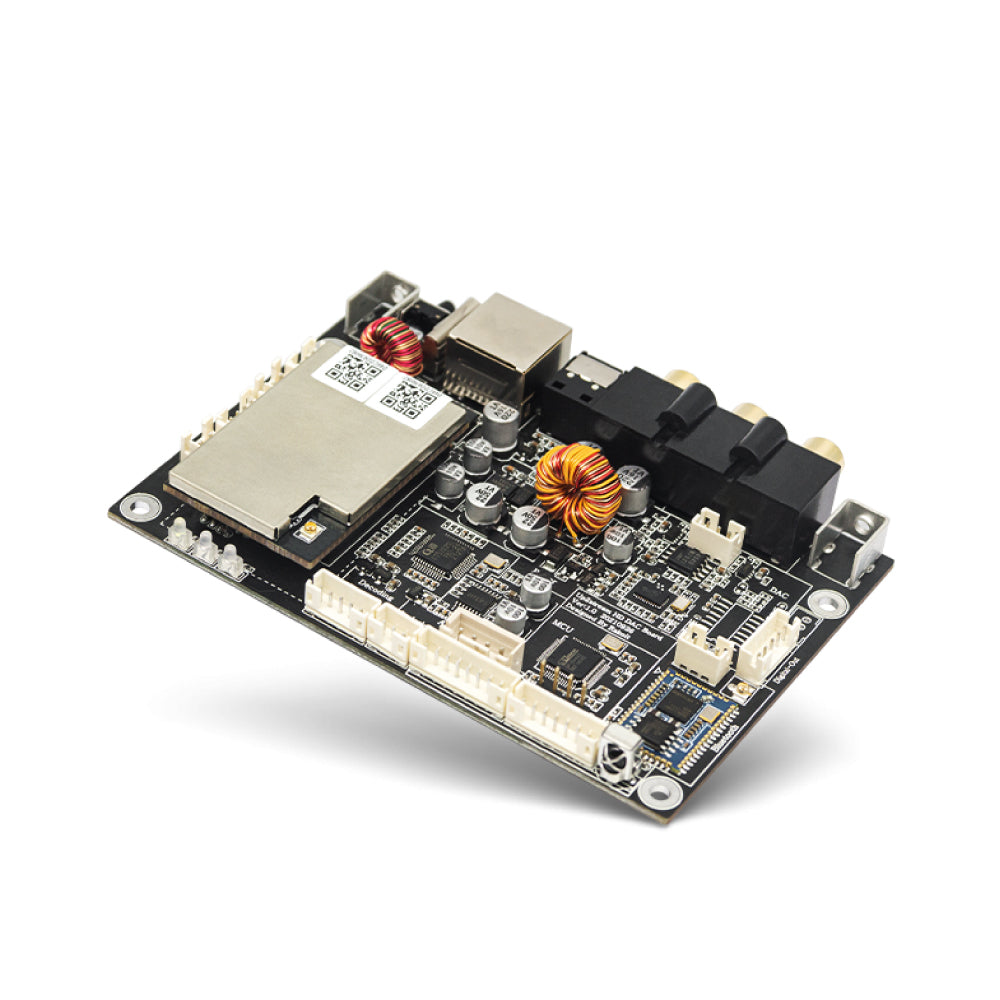
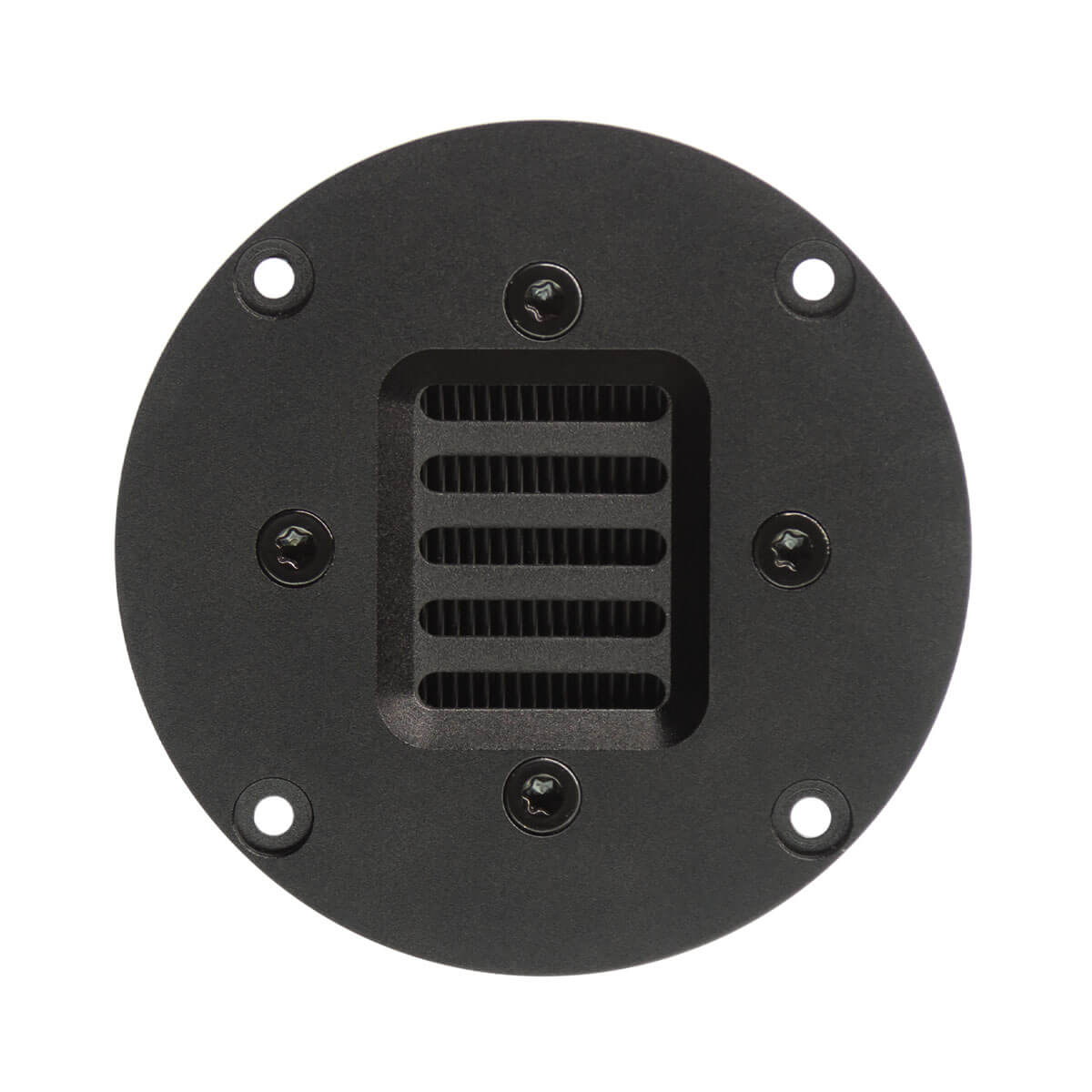
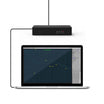
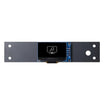
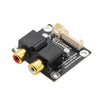
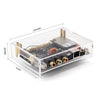
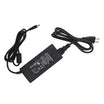
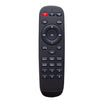

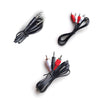
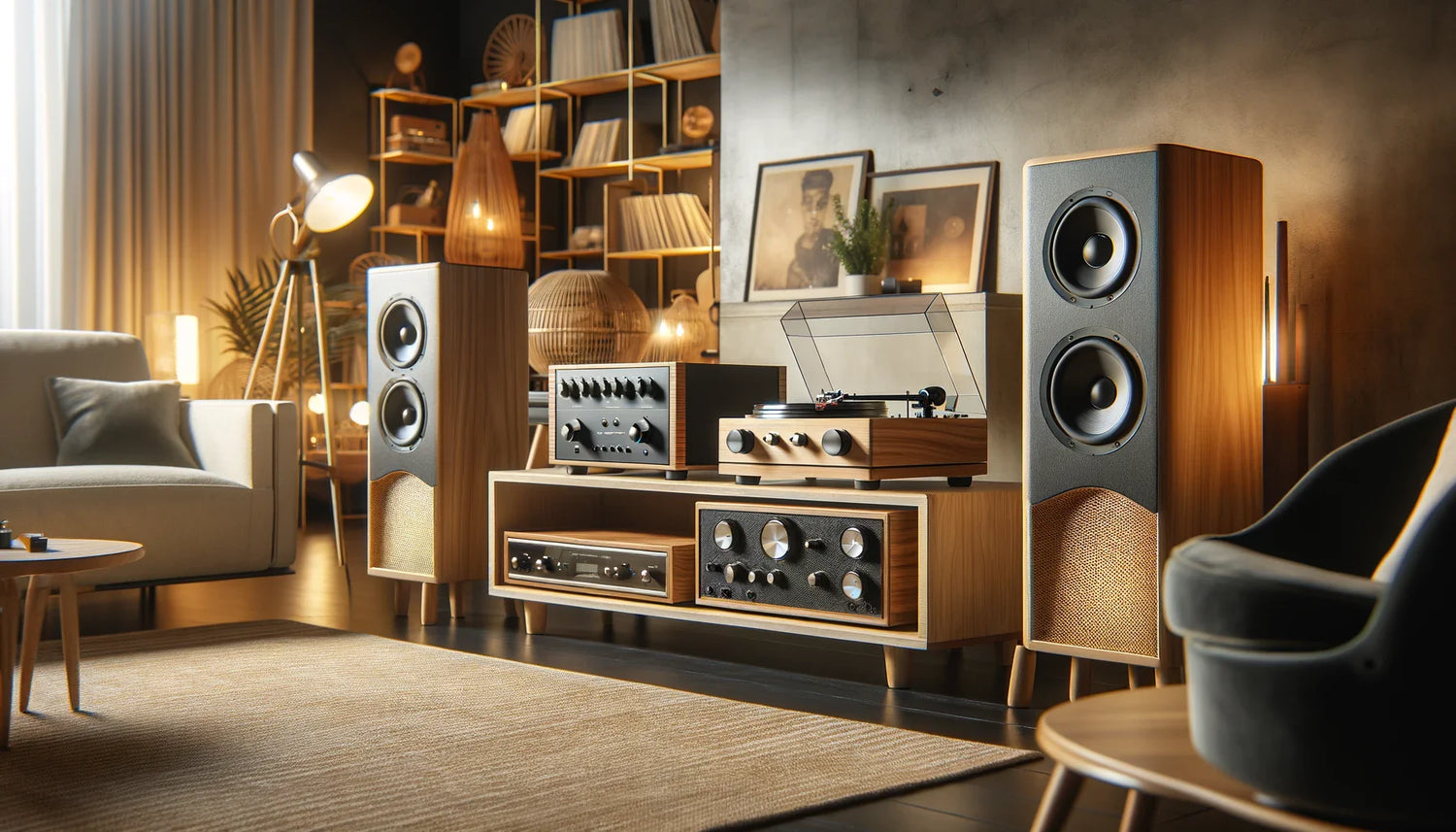
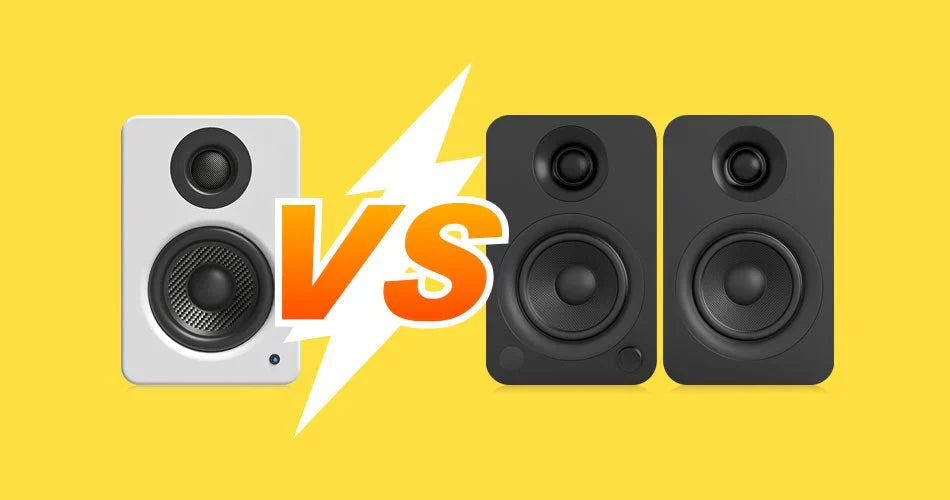
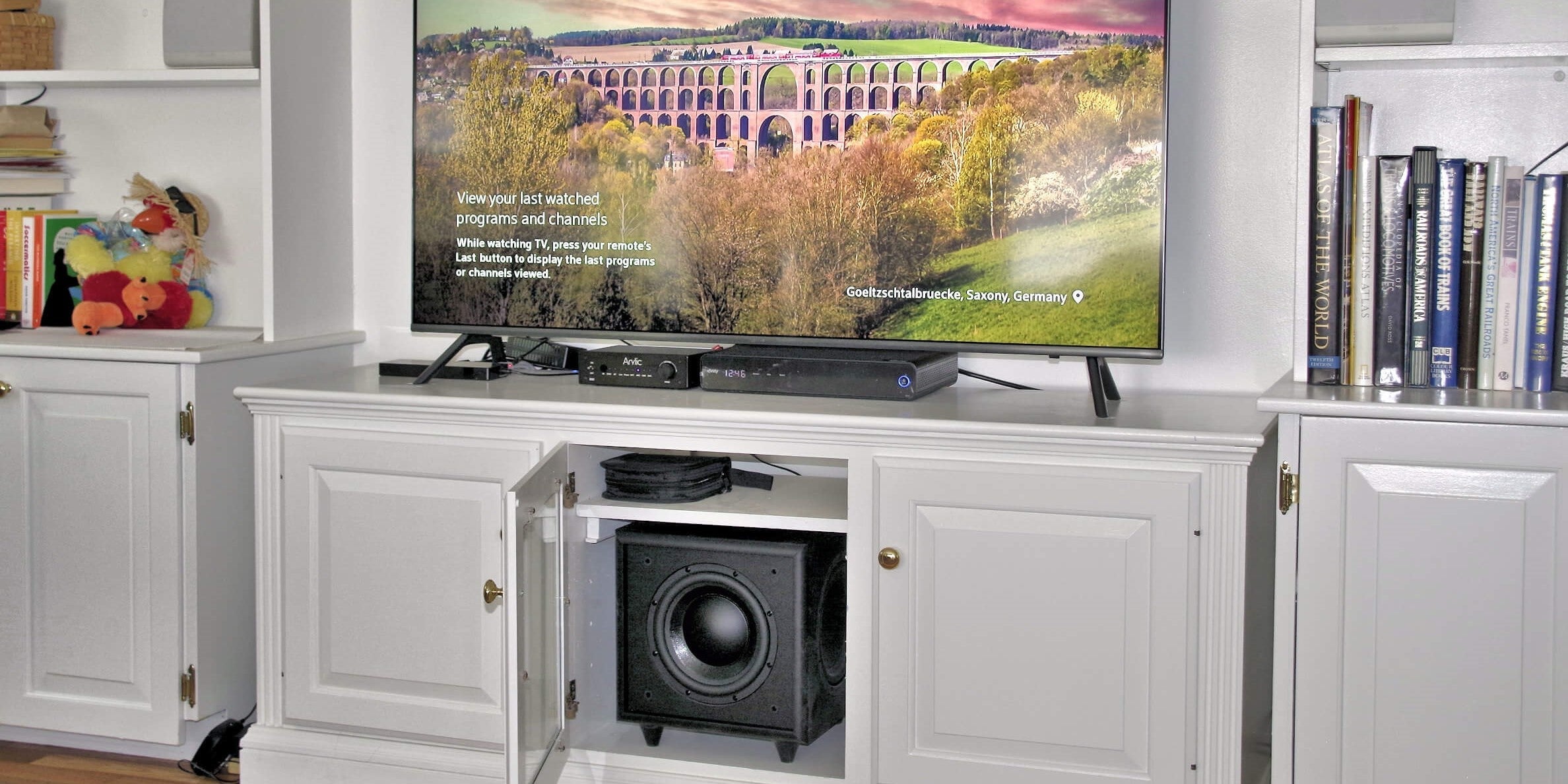
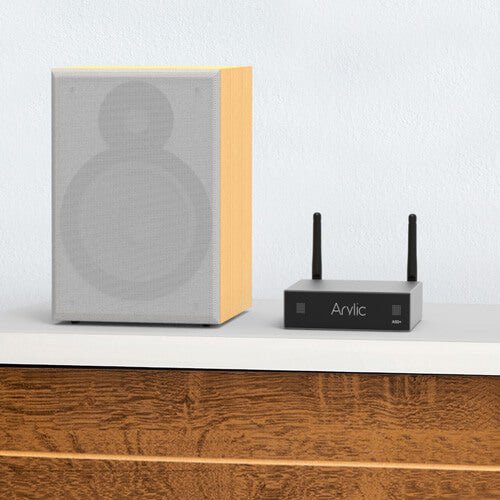
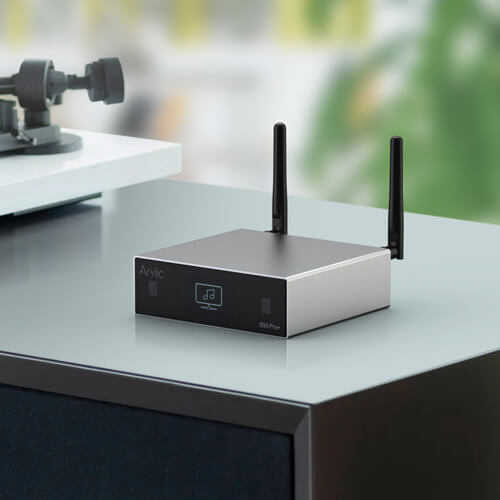
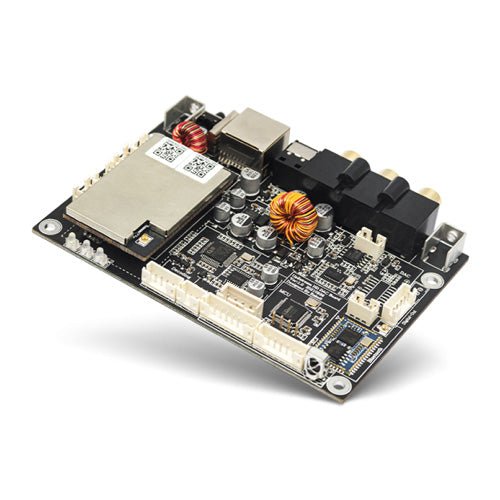

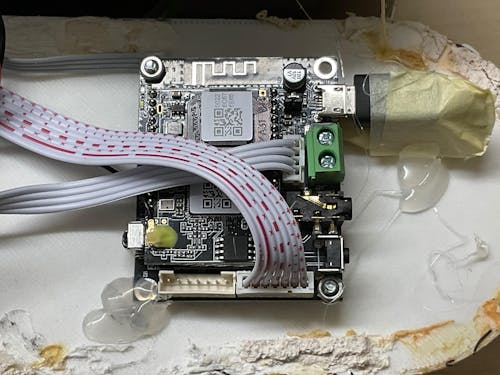

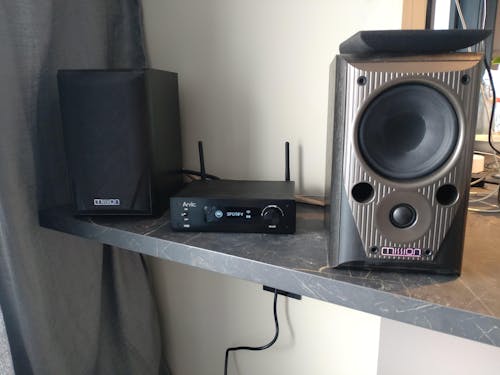
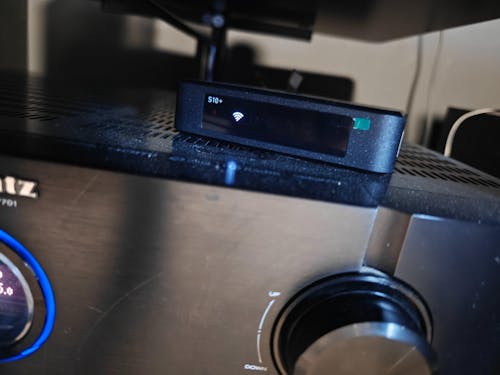
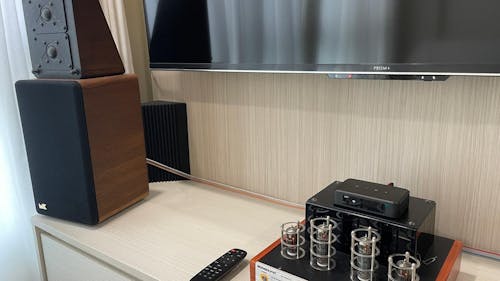

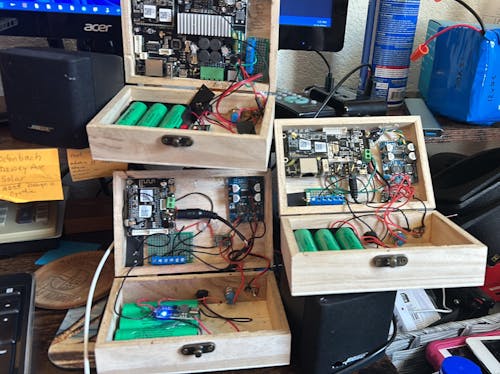
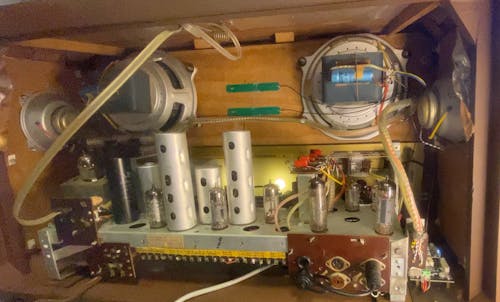
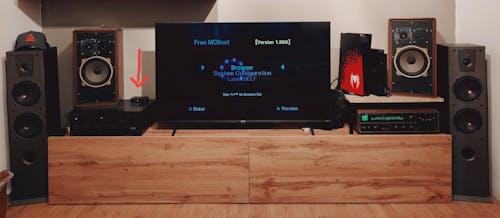
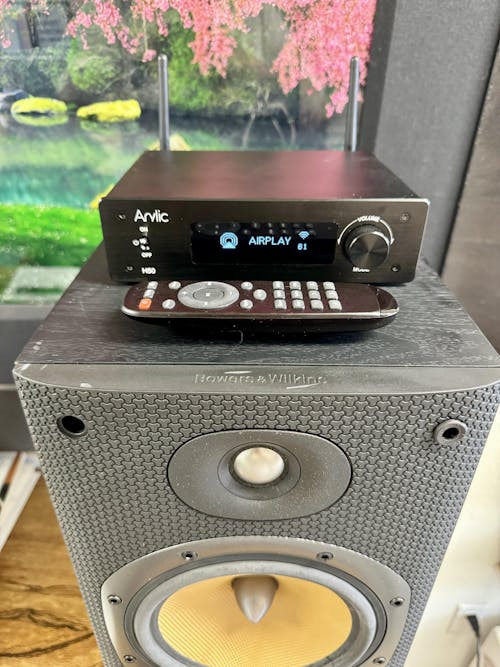
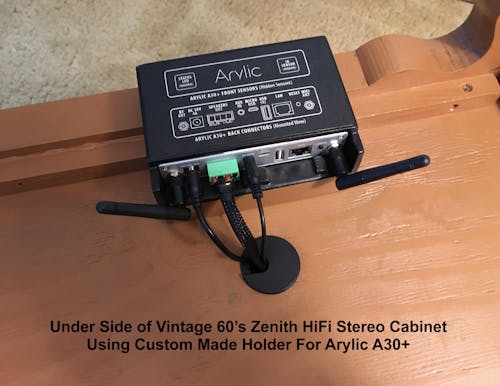
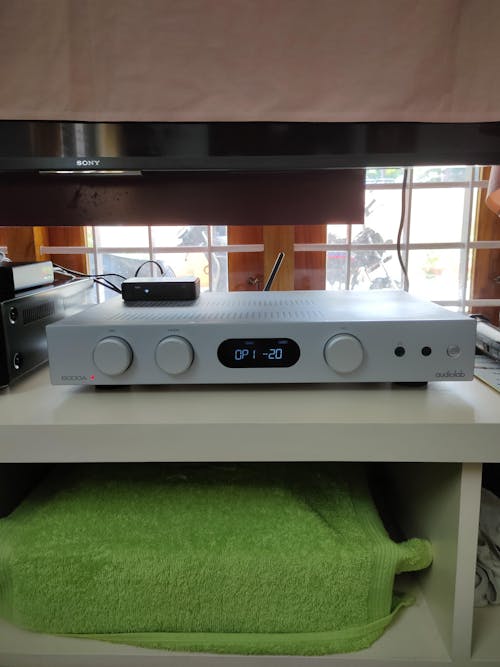
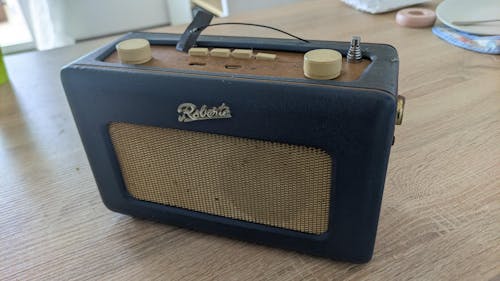
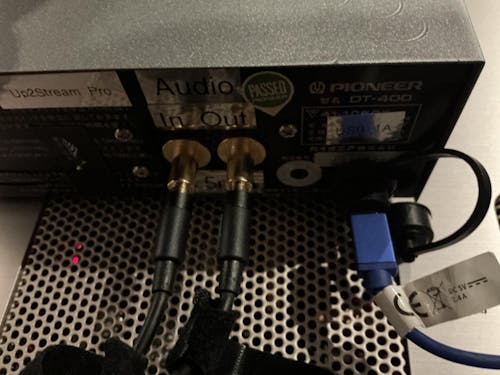
Leave a comment
All comments are moderated before being published.
This site is protected by hCaptcha and the hCaptcha Privacy Policy and Terms of Service apply.